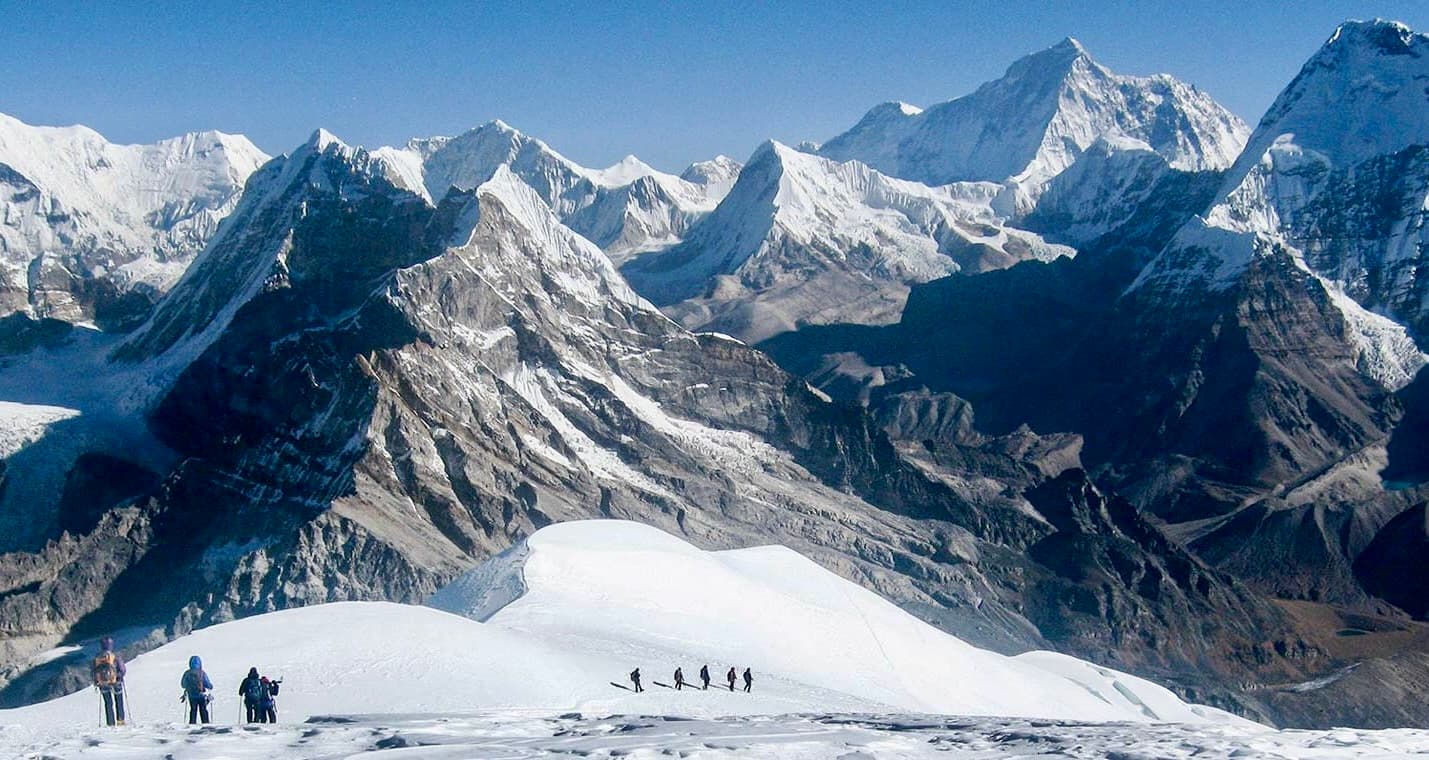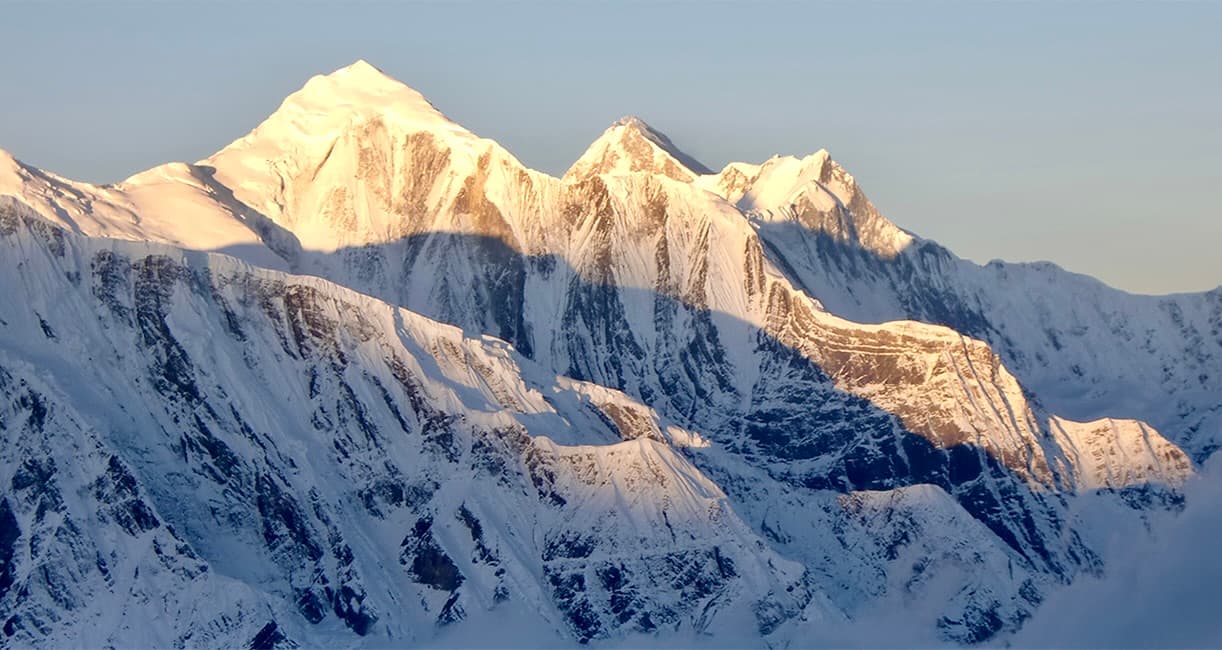Pisang Peak Climbing (6,091m) is a thrilling adventure that combines high-altitude trekking and mountaineering in the breathtaking Annapurna region of Nepal. Rising above the picturesque village of Pisang, this peak offers a rewarding climbing experience for adventure enthusiasts, blending cultural exploration with the challenge of summiting a Himalayan peak. The journey begins with a scenic drive through lush valleys and terraced fields, leading to trails that meander through charming villages, dense forests, and rugged terrains. As you ascend higher, the views of Annapurna, Manaslu, and Gangapurna unfold in their full glory, making every step an unforgettable experience.
This expedition is not just about the climb; it’s a holistic adventure enriched by acclimatization days, expert guidance, and well-organized logistics to ensure your safety and success. From setting up a well-equipped base camp to tackling the thrilling ascent to the summit, every detail is meticulously planned. Whether you’re an experienced climber or a trekking enthusiast looking to scale your first Himalayan peak, Pisang Peak Climbing offers the perfect balance of challenge and adventure, making it a must-do for anyone seeking the ultimate Nepalese mountaineering experience.
Major Highlights: Pisang Peak Climbing (6,091m)
-
Scenic Annapurna Region: Trek through diverse landscapes, including terraced fields, dense forests, glacial rivers, and traditional mountain villages.
-
Breathtaking Himalayan Views: Enjoy panoramic vistas of Annapurna, Manaslu, Gangapurna, and other snow-capped peaks from various points along the trek.
-
Thrilling Summit Experience: Climb to the summit of Pisang Peak (6,091m), a popular trekking peak in Nepal, offering a rewarding challenge for climbers.
-
Cultural Exploration: Immerse yourself in the rich traditions of Gurung and Manang communities along the trekking route.
-
Well-Planned Itinerary: Acclimatization days and professional guidance ensure safety and maximize your chances of a successful summit.
-
Adventure and Tranquility: Experience the thrill of high-altitude mountaineering paired with serene moments in pristine natural surroundings.
-
Comprehensive Support: Benefit from expert climbing guides, well-equipped camps, and a dedicated support team for a seamless adventure.
-
Kathmandu Sightseeing: Explore UNESCO World Heritage sites in the Kathmandu Valley, including Swayambhunath and Patan Durbar Square.
-
Personal Growth: Test your endurance, determination, and climbing skills while creating lifelong memories in the Himalayas.
Route Overview
The Pisang Peak Climbing adventure begins in Kathmandu, where you’ll explore the vibrant city and prepare for the journey ahead. A scenic drive takes you through lush valleys and terraced fields to Nga Di, the starting point of the trek. The trail winds through picturesque villages like Syange, Tal, and Timang, offering glimpses of local Gurung culture and spectacular views of the Annapurna and Manaslu ranges. As you ascend, the trail leads to Lower Pisang, a charming village that serves as the gateway to the peak. From here, you’ll trek to Pisang Base Camp, nestled amidst alpine meadows and rugged terrain, where acclimatization is essential for a successful climb.
The highlight of the journey is the summit push, starting from High Camp at 5,350m. The climb involves steep ascents, glacier crossings, and breathtaking views of the Himalayan giants, including Annapurna II, Gangapurna, and Tilicho Peak. After reaching the Pisang Peak summit at 6,091m, you’ll descend back to Base Camp, retracing your steps through Chame and Besishahar, and concluding the adventure with a drive back to Kathmandu. This well-crafted route blends cultural immersion, natural beauty, and the thrill of high-altitude mountaineering, making it a perfect choice for adventure enthusiasts.
If you need any further information, please contact us by email: [email protected], Phone: +977- 985 100 5129 (WhatsApp)

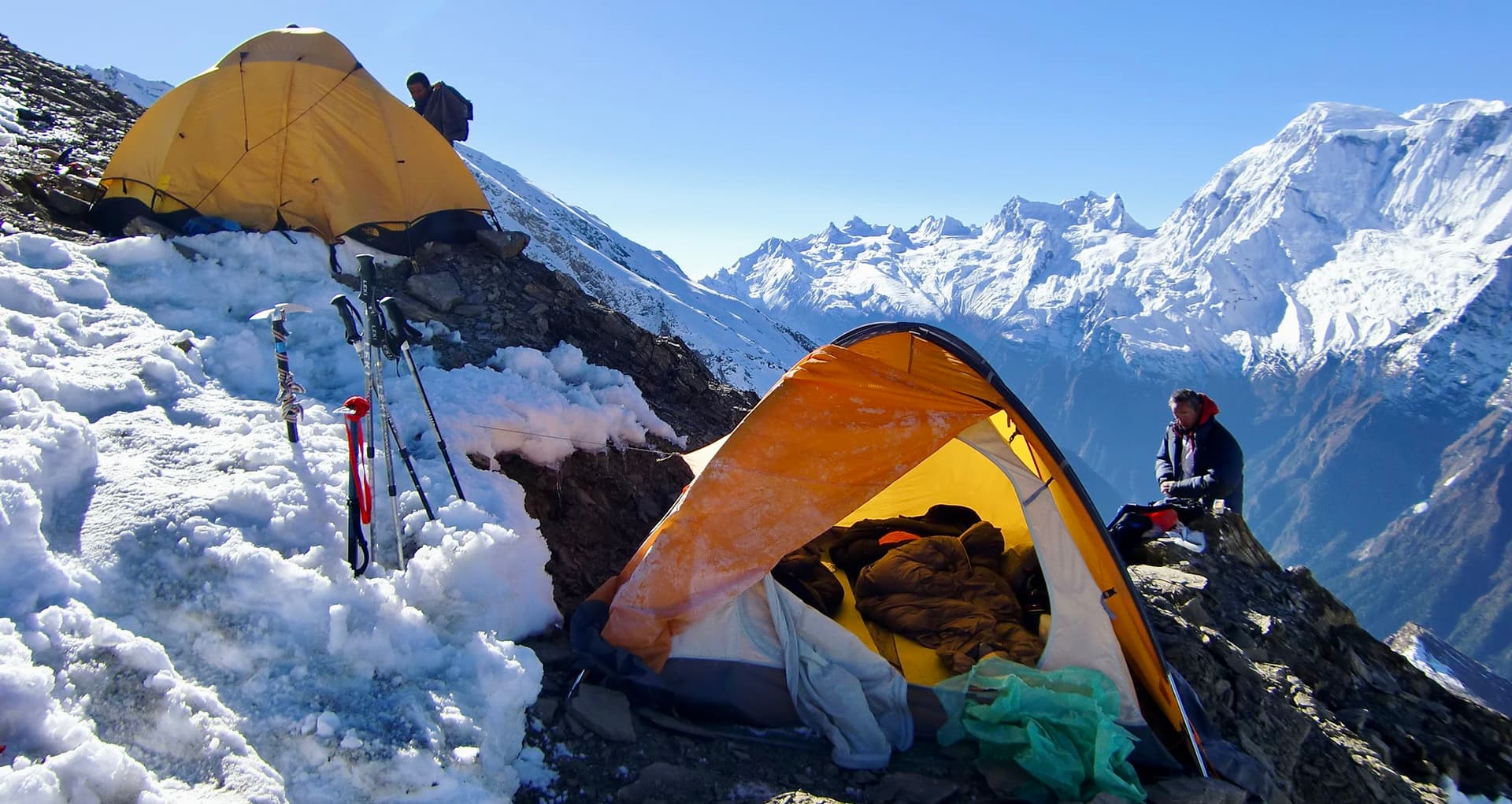
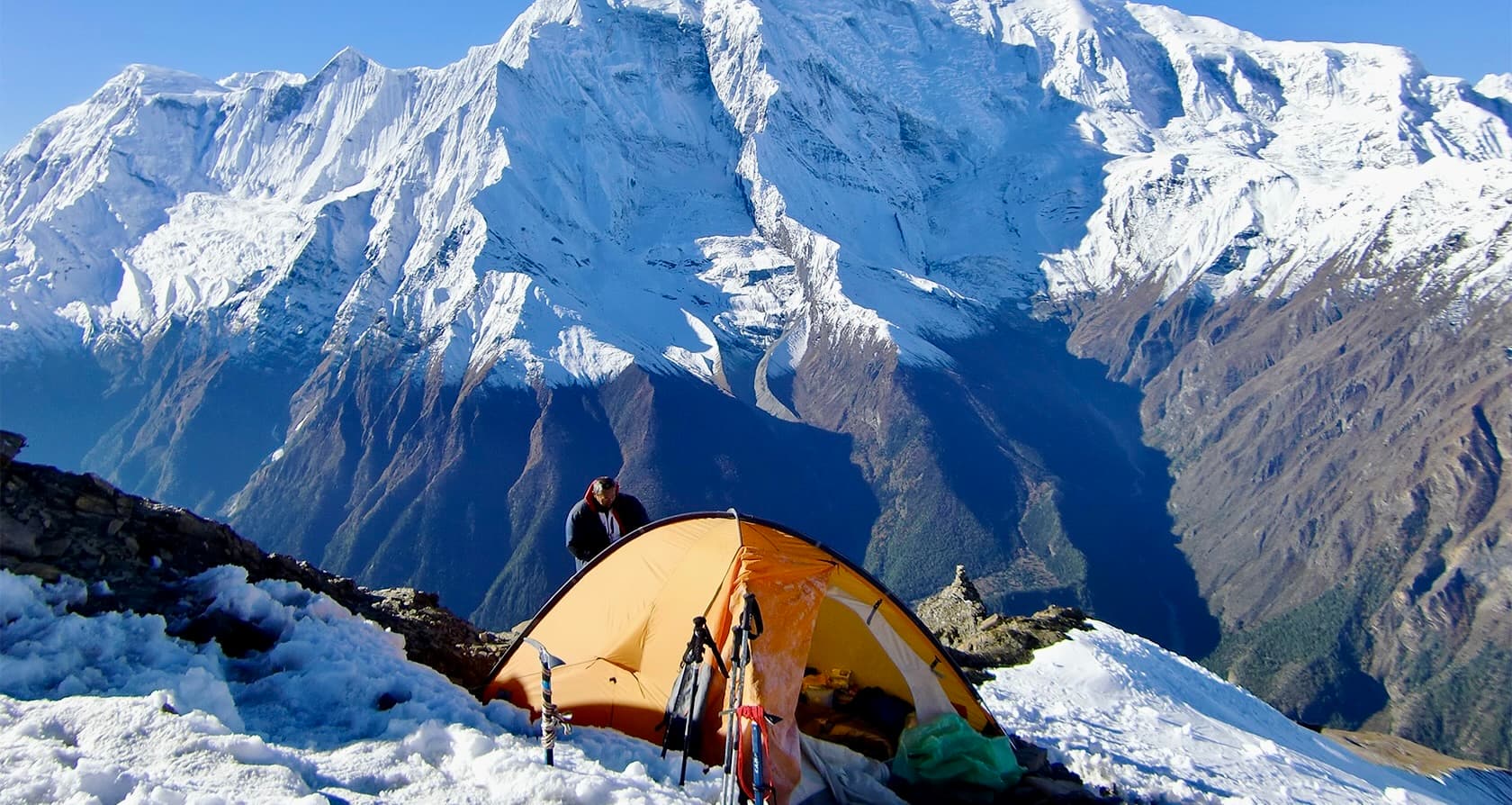
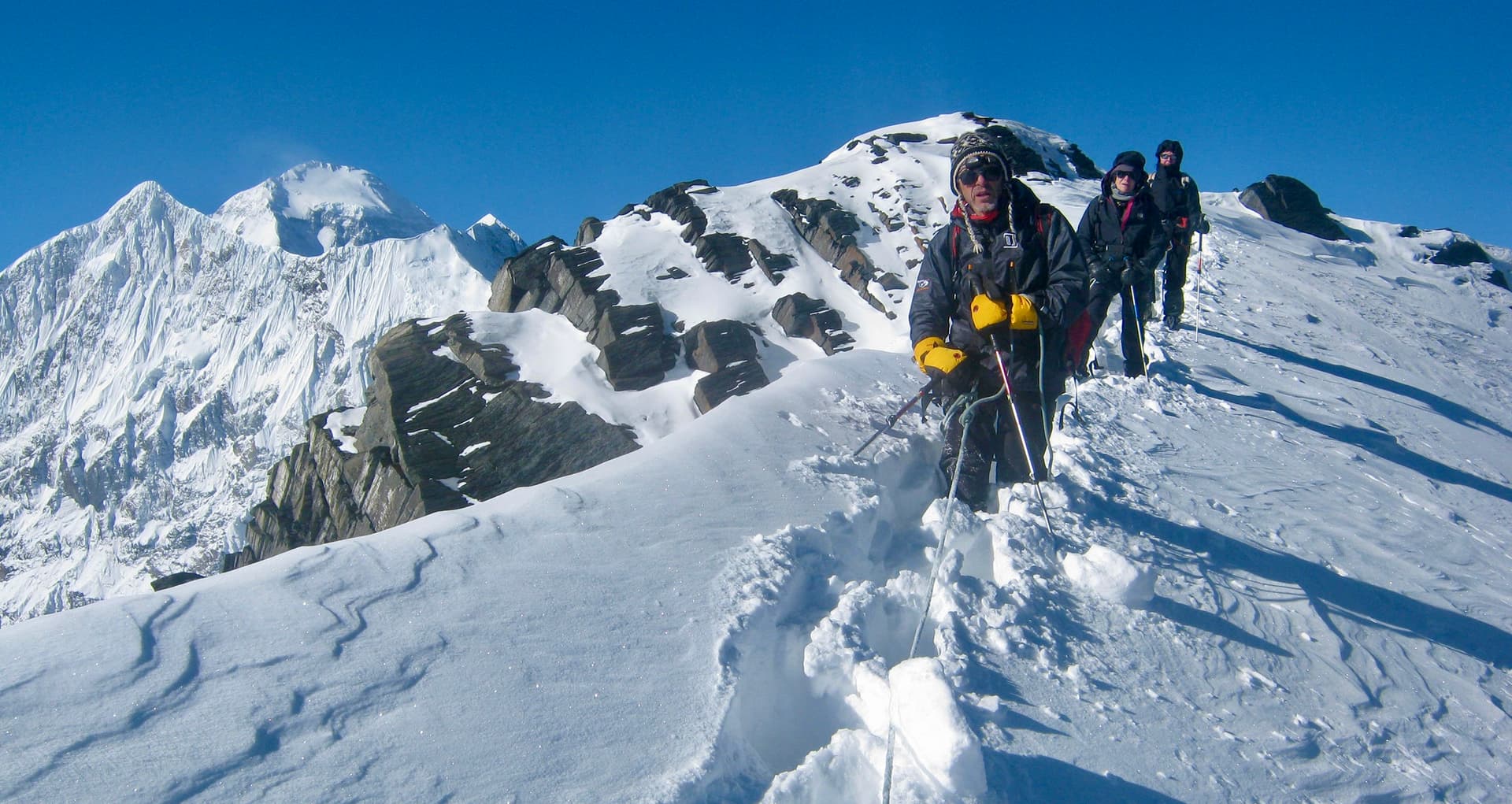
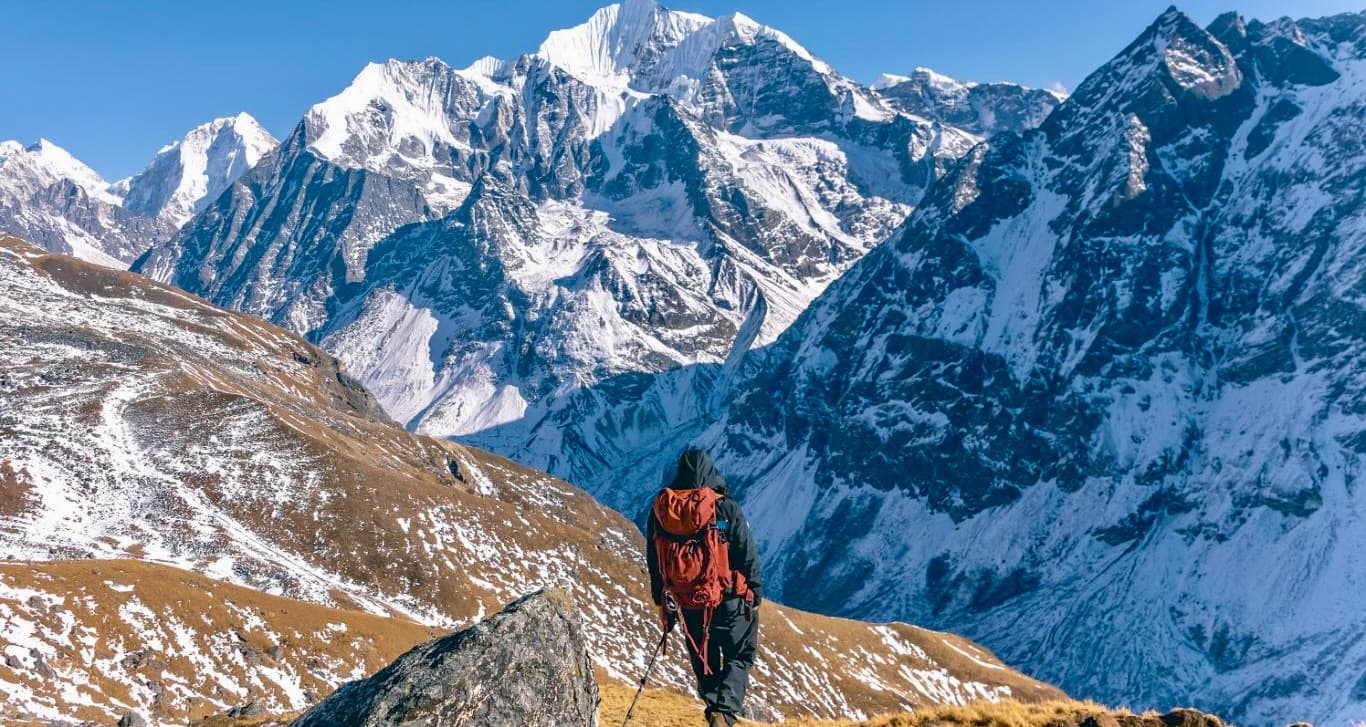
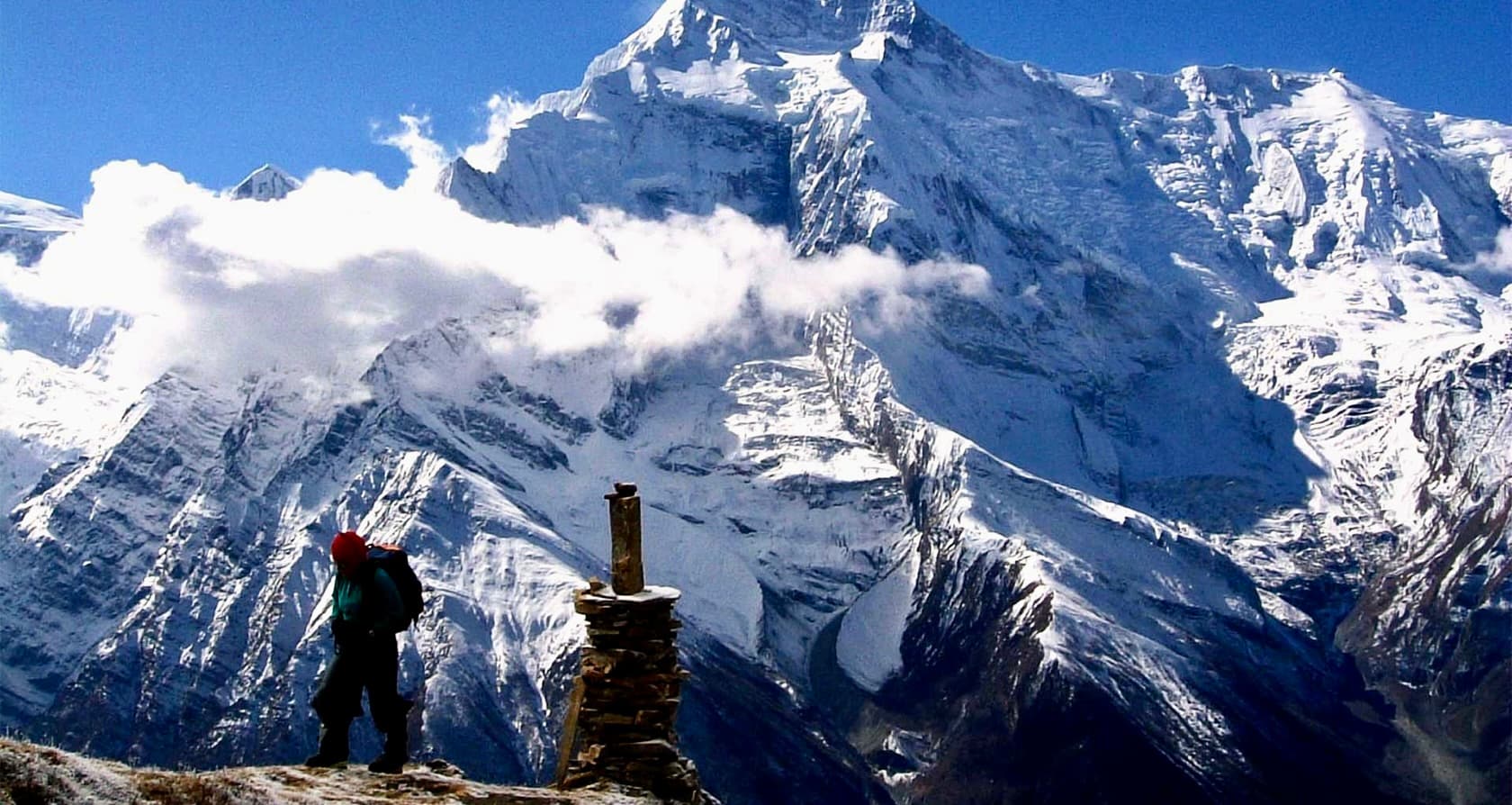
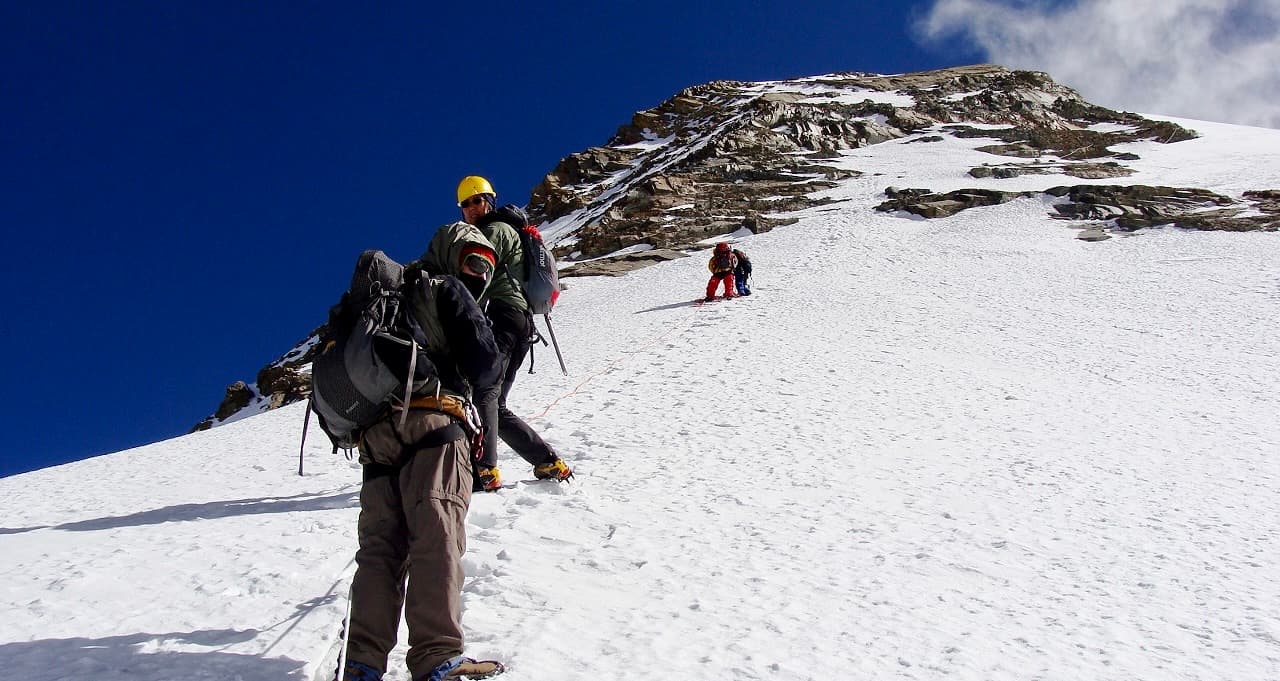
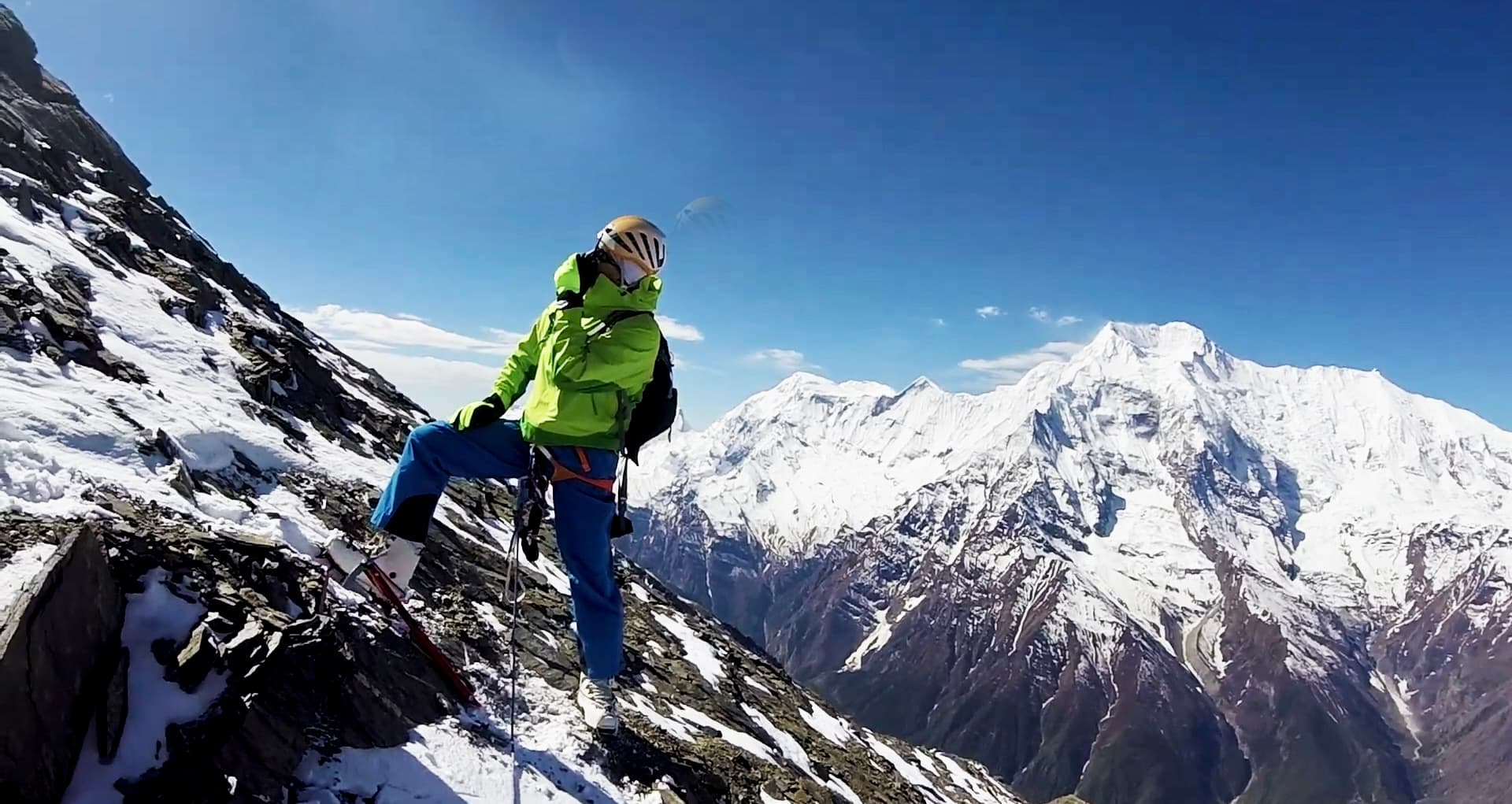
.jpeg&w=1920&q=75)
